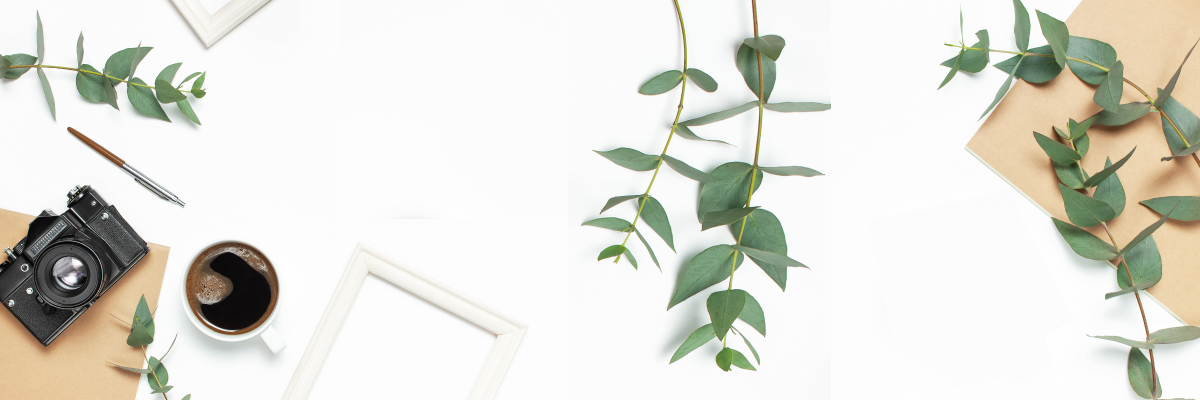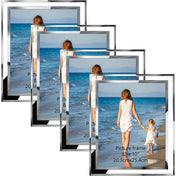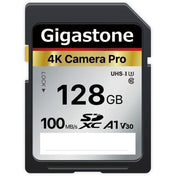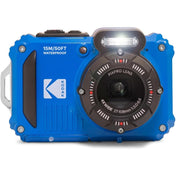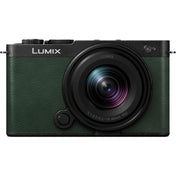Photography has evolved immensely over the years, with technology shaping the way we capture and express moments. At the heart of this revolution are digital single-lens reflex (DSLR) cameras and mirrorless cameras, two dominant types in the photography realm. Whether you're a budding photographer or just someone looking to upgrade from your smartphone, understanding the basics of these cameras can significantly enhance your photography skills. This article will guide you through the essentials of DSLR and mirrorless cameras, helping you choose the right one for your photographic journey.
What is a DSLR Camera?
A DSLR camera, or digital single-lens reflex camera, combines a digital imaging sensor with the traditional mechanics of a single-lens reflex camera. This type of camera features a mirror system that allows photographers to view their scene directly through the lens before taking a shot.
Key Features of DSLR Cameras
- Optical Viewfinder: Since DSLRs use a mirror system, they provide a real-time view of the scene through the lens, which is a huge advantage for focusing and framing.
- Interchangeable Lenses: One of the key advantages of DSLRs is the ability to swap out lenses based on your shooting requirements, whether capturing wide landscapes or zooming in on distant wildlife.
- Robust Battery Life: DSLRs generally have longer battery life compared to mirrorless cameras, making them ideal for extended shooting sessions.
- Faster Autofocus: With phase-detection technology, DSLRs typically offer faster and more precise autofocus, particularly in well-lit conditions.
Exploring Mirrorless Cameras
On the other hand, mirrorless cameras have disrupted the traditional camera landscape by eliminating the need for a mirror mechanism. This allows for a more compact and lighter design, which can be especially appealing for travel photographers.
Advantages of Mirrorless Cameras
- Compact Size: Mirrorless cameras are usually more lightweight and compact, making them easier to carry around without sacrificing image quality.
- Live View and Electronic Viewfinder: Because there’s no mirror blocking the sensor, mirrorless cameras provide a live view feature with an electronic viewfinder that shows the exact exposure and depth of field in real-time.
- Advanced Video Capabilities: Many mirrorless cameras are designed with video in mind, often offering superior video features compared to DSLRs.
- Faster Continuous Shooting: The absence of a mirror means that mirrorless cameras can shoot at rapid intervals, making them excellent for action shots.
Comparing DSLR and Mirrorless Cameras
While both DSLR and mirrorless cameras have distinct advantages, it’s essential to consider what best suits your photography style. Below is a comparative overview:
Size and Weight
DSLRs are generally bulkier due to their mirror system, whereas mirrorless models boast a lighter, more compact design. For photographers on the go, this can make a significant difference.
Autofocus Performance
Although modern mirrorless cameras have caught up in autofocus performance, DSLRs still generally perform better for fast-moving subjects due to their phase-detection pixels. However, mirrorless systems are improving rapidly.
Battery Life
As mentioned, DSLRs have the edge in battery life, making them suitable for long shoots. In contrast, the reliance on electronic viewfinders and the LCD screen in mirrorless models can drain batteries more quickly.
Choosing Your First Camera
If you’re just starting your photography journey, you may find yourself evaluating options like the Canon EOS Rebel SL3. This beginner-friendly DSLR is known for its approachable interface, good image quality, and versatility through lens interchangeability.
Factors to Consider
- Budget: Determine how much you’re willing to invest. Both camera types have entry-level and professional variants, making it easier to select cameras that fit your financial plans.
- Usage: Consider how you plan to use the camera. For travel, a lightweight mirrorless might be more appropriate, while a professional setting may benefit from the reliability of a DSLR.
- Lens Availability: Research the lens ecosystem of the brand you're interested in. Canon cameras, for example, often have extensive lens options, making it easier to expand your capabilities as you grow as a photographer.
Getting Started with Your Camera
Once you’ve chosen your camera, it's time to familiarize yourself with its functions and settings. Some key areas to focus on include:
Understanding Camera Settings
Get accustomed to key settings like ISO, aperture, and shutter speed. These elements work together to create the exposure triangle:
- ISO: Affects the camera's sensitivity to light.
- Aperture: Controls the opening in the lens and influences depth of field.
- Shutter Speed: Determines how long the sensor is exposed to light, which is crucial for capturing motion.
Composition Techniques
Learn the basics of composition to create aesthetically pleasing photos. Techniques such as the rule of thirds and leading lines can help guide your viewer’s eyes and enhance storytelling through your images.
Regular Practice
The key to mastering photography is consistent practice. Try to shoot in various conditions, experiment with different styles, and challenge yourself to think creatively.
Post-Processing: The Final Touch
Editing is a crucial part of modern photography. Whether you’re using Adobe Lightroom, Photoshop, or other editing software, post-processing allows you to make adjustments that enhance your original image.
Basic Editing Techniques
- Exposure Adjustments: Fine-tune exposure levels to bring out details.
- Color Correction: Adjust whites, blacks, and color balance to achieve a harmonious look.
- Cropping: Trim extraneous elements to emphasize your subject.
Community and Resources
Engaging with a community of fellow photographers can boost your knowledge and motivation. Consider joining online forums, attending workshops, or participating in photography social media groups to learn from others and share your own work.
Where to Find Learning Resources
- YouTube Tutorials: Countless photography channels provide insights on everything from basic techniques to advanced editing.
- Photography Blogs: Reading blogs can introduce you to new concepts and equipment.
- Online Courses: Websites like Skillshare and Udemy offer structured lessons to refine your skills.
Embrace Your Photography Journey!
The world of photography is vast and filled with opportunity. Understanding the basics of DSLR and mirrorless cameras is just the starting point. As you delve deeper into your photography journey, remember that the most important aspect is to enjoy the process of learning and creating. With your new camera in hand, including options like the Canon EOS Rebel SL3, the possibilities are endless—so go out and start capturing the world through your unique lens.

